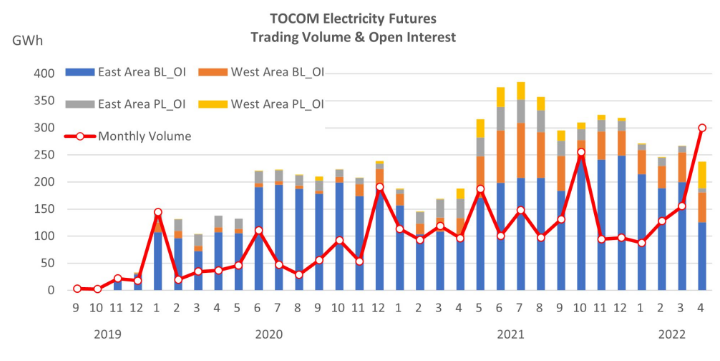TOCOM Energy
Oil prices rebound as Iraq halts northern crude exports and banking worries ease
Oil prices climbed on Monday as there were no worse news from the weekend, concerns over turmoil in the banking sector eased, while a halt to some exports from Iraq’s Kurdistan region added to worries about oil supplies. However as uncertainty about the economic outlook has increased, investors still remain risk-wary, volatility levels are expected to remain elevated heading into the new month.
At the end of last week, the International Chamber of Commerce ruled in favor of Iraq against Turkey in a dispute over crude flows from Kurdistan. Iraq had argued that Turkey shouldn’t allow Kurdish oil exports via the Iraq-Turkey pipeline and the Turkish port without approval from the federal government of Iraq.
KRG, the official ruling body of the semi-autonomous region in northern Iraq has been involved in disputes with the central government related to oil revenues sharing. In 2014, the Kurdish region decided to unilaterally export oil through an independent pipeline to the Turkish port. The Federal Iraq government and the KRG signed an agreement in November 2018 that allows Iraq to transport Federal Iraq’s crude oil through the same pipeline. Prior to shutdown, the pipeline carried about 400,000 b/d of Kurdish oil and another 70,000 b/d of Iraqi oil to global markets. Facilities have storage capacity that allow continued production at a curtailed rate over the coming days and could force further production cuts since capacity is limited.
A delegation from the oil ministry will travel to Turkey soon to meet energy officials to agree on new mechanism to export Iraq’s northern crude oil in line with the arbitration ruling. Investors will continue to monitor this situation closely.
Apart from the supply scare from iraq, oil prices were also supported by signs of easing concerns about the banking system. However, recent developments are likely to result in tighter credit conditions for households and businesses, what’s unclear for us is how much of these banking stresses are leading to a widespread credit crunch and to weigh on economic activity.
The US rate hike last week was largely in line with expectations. It also appears that the Fed may have wanted to signal even more rate hikes in the future but chose to wait and see how conditions develop in the aftermath of the banking crisis. If the bank’s impact on the US economy proves to be minimal, there’s a good chance that further hikes will follow.
While the Fed believes the data indicates the economy remains strong, the market however assumes a recession is imminent, rapid rises in rates are only starting to ripple through the U.S. economy. This is particularly evident in the yield curve, which remains profoundly inverted and now seems to suggest that a recession will occur before the end of this year. however, if monetary policy loosens before a recession, stagflation could take on, oil prices is more likely to stay elevated in a supply-constrained oil market before a sharp fall in demand.






